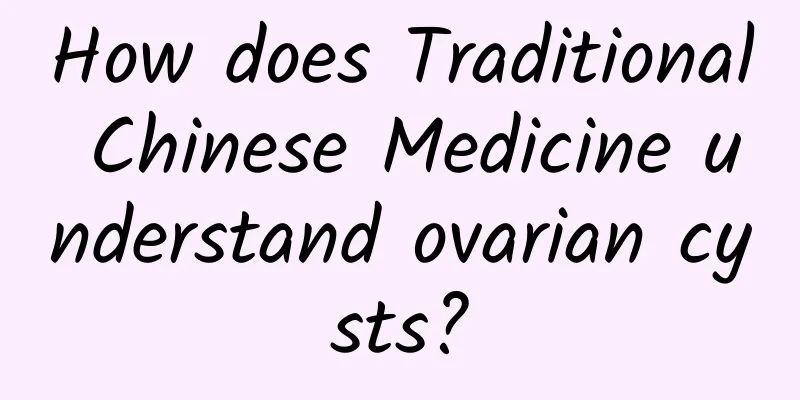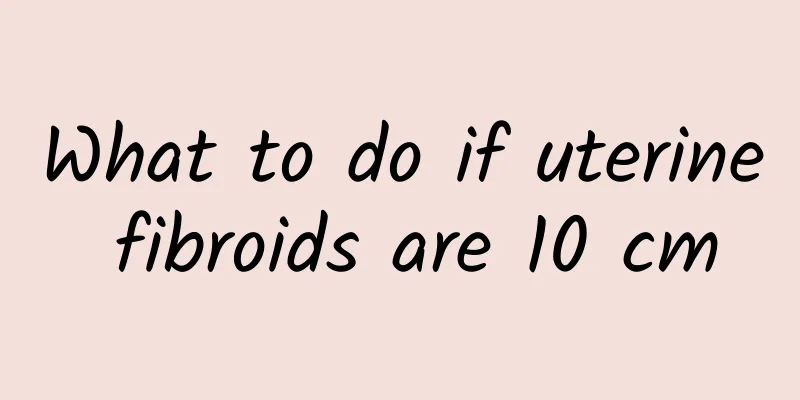How does Traditional Chinese Medicine understand ovarian cysts?

|
TCM has a long history of understanding ovarian cysts. As early as in the TCM classic "Lingshu·The Origin of All Diseases", there were records about this disease. It belongs to the category of "syndrome" and "intestinal fungus" in TCM. According to the cause, it can be divided into four types: qi stagnation and blood stasis, phlegm and dampness stasis, damp-heat stagnation, and kidney deficiency and blood stasis. This disease is more common in women of childbearing age. It is related to the lack of health care awareness during menstruation, pregnancy and childbirth, and the lack of good habits of cherishing and protecting the body, which can easily lead to dampness and turbidity to take advantage of the opportunity and affect blood circulation. The treatment of ovarian cysts is often based on Danggui Shaoyao San from the Golden Chamber Synopsis: Miscellaneous Diseases in Women. The Danggui, White Peony Root, and Chuanxiong in the formula promote blood circulation, while Atractylodes Macrocephala, Poria, and Alisma Orientale promote diuresis. They complement each other and can effectively reverse the pathological state in which blood becomes water when blood is not in good condition and blood becomes in bad condition when water is not in good condition. In clinical application, the dosage can be adjusted at any time according to the patient's symptoms. For patients with ovarian cysts with enlarged tongue and heavy dampness, add Dianthus superbus, Plantago, and Verbena to promote diuresis and dispel dampness; for patients with dull tongue, discomfort in cold weather, and obvious cold and dampness symptoms, add Wuyao, Evodia rutaecarpa, and Fennel to warm the yang and dispel cold; for patients with yellow and greasy tongue coating, constipation, yellow urine, and obvious dampness and heat, add Phellodendron, Gardenia, and Coix seeds to clear heat and promote dampness; for patients with obvious flank pain and abdominal distension, add Bupleurum, Cyperus, Luffa, Dalbergia odorifera, and Rhizoma Smilacis Glabrae to soothe the liver, regulate qi, and dredge collaterals; for patients with obvious blood stasis, add Trillium, Curcuma, Semen Persicae, Safflower, and Hirudo to promote blood circulation and dissipate blood stasis; for patients with obvious pain, add Corydalis and Toosendan to promote blood circulation and relieve pain. |
>>: Does ovarian cyst affect fertility?
Recommend
Patients with trichomoniasis can often use Chinese medicine fumigation and sitting bath
Traditional Chinese medicine often uses Chinese m...
What to eat when you have menstrual period and stomach pain
What should I eat when I have stomach pain during...
Do you want to know what are the symptoms of painless abortion?
Due to the openness of society, many women now ha...
What medicine is better for uterine fibroids? Treatment methods for uterine fibroids
Since uterine fibroids are related to estrogen, m...
What is the cause of cervical erosion and leucorrhea with blood during pregnancy? What diseases should be prevented during pregnancy?
Leucorrhea is a barometer of women's health. ...
Common factors for recurrent pelvic peritonitis
Pelvic peritonitis is a common female disease. Ge...
Detailed explanation of the four major hazards of pelvic inflammatory disease
Many patients ask common sense questions such as ...
Abnormal vaginal discharge after the ring is removed
Abnormal vaginal discharge after the IUD is remov...
Still worried about what to eat after exercise? Eating at convenience stores like this can help you gain muscle and lose fat!
As the trend of exercise becomes more popular, in...
Is it better to have more or less blood after miscarriage? How to take care of bleeding after miscarriage
Early artificial abortion is a common remedy for ...
Support local pig farmers! Chen Ju urges fellow villagers to eat more healthy pork
In order to support domestic livestock farmers, K...
How to treat Bartholinitis with medication
The Bartholin's glands are located at the bac...
Why do the soles of my feet hurt after a miscarriage?
Pain in the soles of the feet after abortion may ...
Frequent abdominal pain may cause adnexitis
What is adnexitis? What are the symptoms of adnex...
How to prevent irregular menstruation?
How to prevent irregular menstruation? To prevent...









